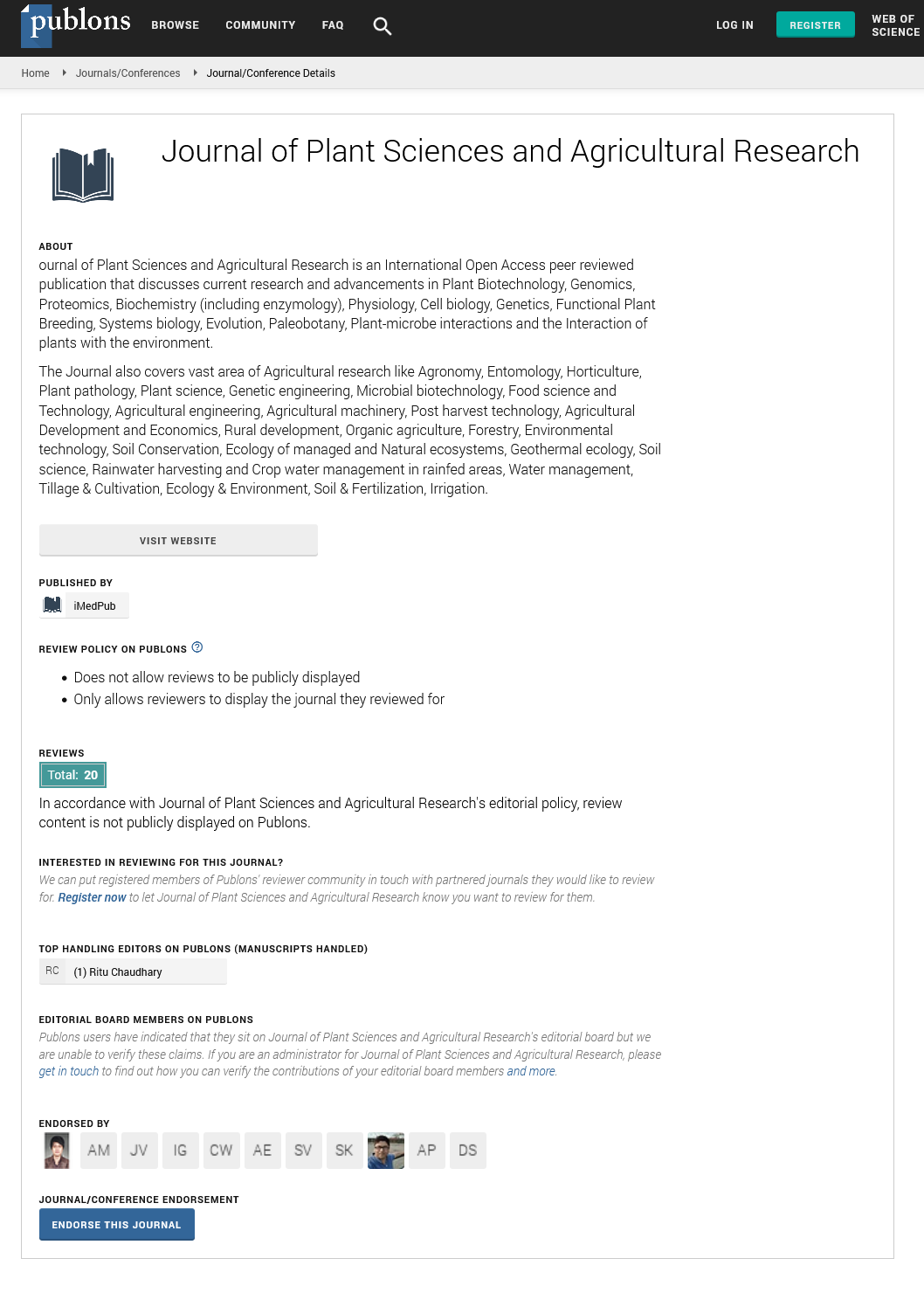Abstract
Evaluations of Genetic Divergence in Kenaf (Hibiscus Cannabinus L.) Genotypes Using Agro-Morphological Characteristics
Agro-botanical characteristics of 16 kenaf genotypes were investigated for genetic divergence using morphological analyses. The genotypes were evaluated and data analyzed across two years 2014 and 2015 in five months. Wide variation observed in the genotypes’ agro-botanical characteristics proved their genetic diversification. Stems and leaves of the plants were predominantly green. Significant differences for morphological and agronomic characteristics were observed among 16 kenaf genotypes. The best height of first branching (7.58 cm) was recorded in TAINING II, while the lowest (2.53 cm) was in genotype AU-72 (48). In terms height, the local line consistently had the highest values across the planting months while genotype TAINING I produced the shortest plants. Also, genotype Au-75 (414) had the higher number of branches at the early growing stage, while the genotype V-1-400 had higher values at later growing stage. However, genotype G 4521 consistently had the lowest number of branches in all the planting months. The values of base diameter of some Kenaf genotypes in five months over two years ranged between 0.50-13.50. The middle and top stem diameter, leaf length and width varied significantly among the genotypes in all the planting months. The number of nodes increased progressively with planting months. In all the planting months the lowest number of nodes (9.00) was obtained in genotype 2QQ (13) in the month of July and the highest (36.5) in ExGIWA 341 in the month of November. The study revealed that morphological characters could be used for identification and classification of kenaf varieties.
Author(s): Akinrotimi CA* and Okocha PI
Abstract | Full-Text | PDF
Share This Article
Google Scholar citation report
Citations : 135
Journal of Plant Sciences and Agricultural Research peer review process verified at publons
Abstracted/Indexed in
- Google Scholar
- Publons
- Secret Search Engine Labs
Open Access Journals
- Aquaculture & Veterinary Science
- Chemistry & Chemical Sciences
- Clinical Sciences
- Engineering
- General Science
- Genetics & Molecular Biology
- Health Care & Nursing
- Immunology & Microbiology
- Materials Science
- Mathematics & Physics
- Medical Sciences
- Neurology & Psychiatry
- Oncology & Cancer Science
- Pharmaceutical Sciences
